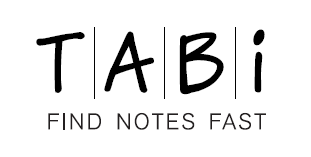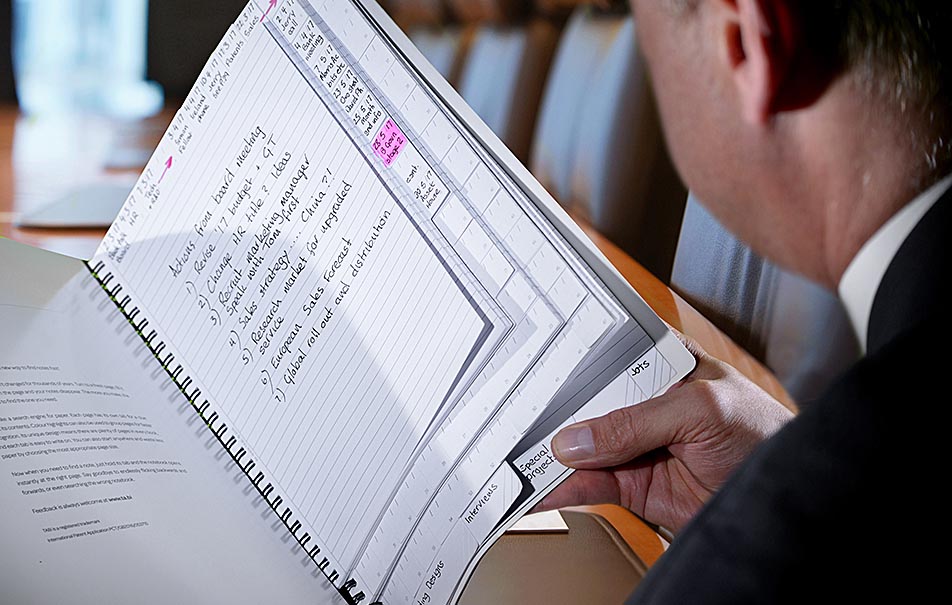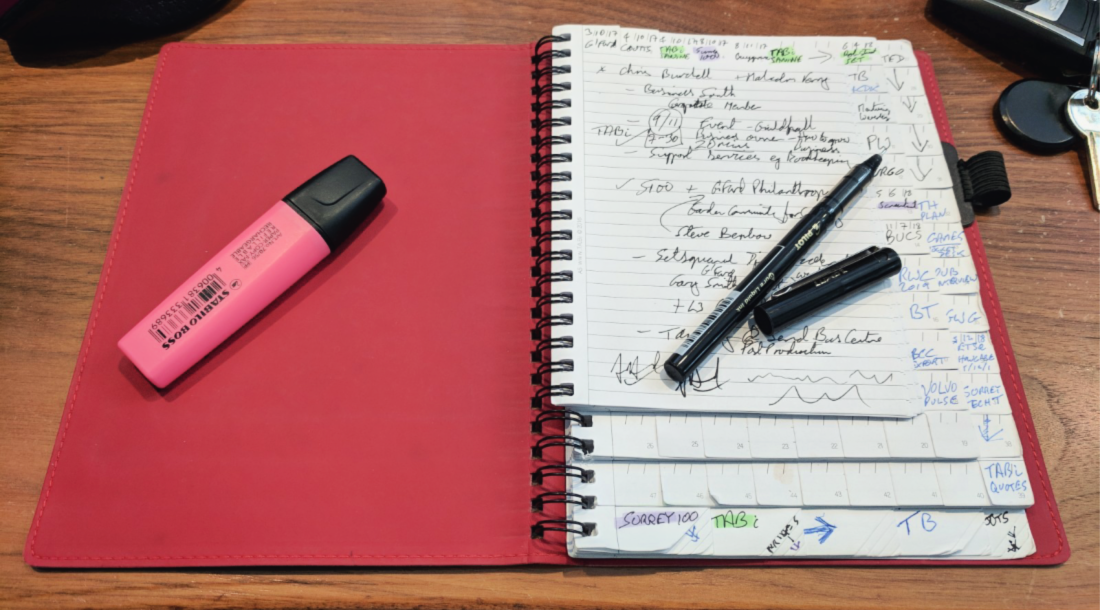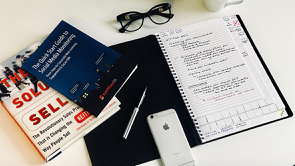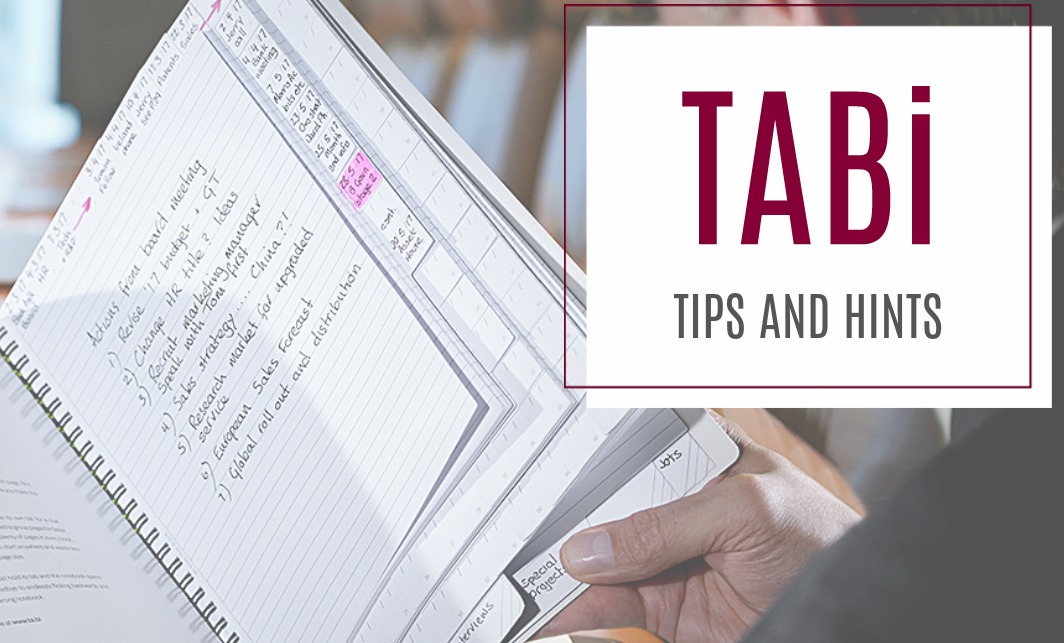What our customers say
https://tabinot.es/wp-content/uploads/2021/04/63a71f4470b74eb8bf03d28c37fece76-723x391-1.jpg 723 391 TABi TABi https://tabinot.es/wp-content/uploads/2021/04/63a71f4470b74eb8bf03d28c37fece76-723x391-1.jpg
We thought you might like to read the latest unedited reviews we received on Amazon for both the original TABi and our latest A5 TABi RED. We’ve not changed a word and have included every comment we received, good and bad, since the start of the pandemic.
A4 and A5 Original TABi
5.0 out of 5 stars Amazing idea
This is a brilliant idea! Starting a degree and will be perfect for notes taking. Bit thicker would be handy but loved so much brought the other size
5.0 out of 5 stars LOVE
I am a bit of an organisation person and love to have things written. This is fabulous. Well worth the money. Lovely quality. Plenty of space. Would definitely recommend
5.0 out of 5 stars A great organised note book
Great book for keeping written information in an organised way. The 3 sizes of pages are all alphabetically listed and easy to use.
4.0 out of 5 stars The more you use it the better it gets!
Takes a little bit of getting used to but the more you use the better it gets.
It is expensive for a notebook and paper quality is not what I hoped for the money but I am enjoying using it and have no issues with bleeding etc.
I think a price of £14.99 would have meant a 5 star review.
I WOULD buy again!
5.0 out of 5 stars really useful, good quality
I love this, its a simple idea but works really well for me. Its nicely made with good quality paper and nice cover. It will last me quite a long time but will buy again.
5.0 out of 5 stars Arrived quickly
Good product
[And just to prove we haven’t doctored these comments in any way – but this is the only negative comment we’ve ever received….]
2.0 out of 5 stars Should be half the price. Stay away
Interesting concept, but way way over priced for what this is, essentially a hundred or so different sized pages, of average quality paper in a very cheap vynal cover. Time will tell if it proves to be an effective note taking system, but I can tell you right now that it is worth nowhere near the listed price. Learn from my mistake.
5.0 out of 5 stars Strange but a use can be found I promise.
I wasn’t to sure at first, but now it’s brilliant.
I have cross stitch patterns coming out my ears,
But now, I have a neat list, and know sizes and threads are to hand very easily.
5.0 out of 5 stars Everyone needs one of these note organisers!
Love it! Love it! Love it! Brilliant way of getting organised.
5.0 out of 5 stars Too flexible but powerfull
It is really a good buy. I would prefer it to have hard covers but I really appreciate it.
New A5 TABi RED
5.0 out of 5 stars much better than I expected
I needed a notebook to sort out all my notes on new proceedures and processes at work, with a way of being easily able to find the right page in the quickest time, this notebook appears to be able to do just that, without the need for random sticky notes . The notebook has a soft feel cover and looks well made, the tabbed pages are a perfect size and will make it so much easier to find notes in a hurry rather than flicking endlessly through a normal notebook, saving me lots of time at work. I like that there is a slide in pocket on the inside of the front cover, handy for those bits of paper that you need to keep but don’t want to have to rewrite onto a page. A handy pen loop will mean I never have to hunt for a pen again. I would have liked a fastener on it of some description to keep it closed and all toghether but that is a minor niggle really, and a large elastic band will do the job. Now to sit down and start filling it in. Overall very happy, not the cheapest notebook out there, but very practical and should hopefully be long lasting too.
5.0 out of 5 stars what a product!
Another one where you wish you had invented it first.
Does what it says – so much easier than a note pad.
So there you have it – genuine online reviews from TABi customers. If you’ve purchased one and haven’t left a review then we would love to hear your thoughts. And if you are still thinking about purchasing your first book then please know that they’re the same price on Amazon, so if you’d rather buy them there, here are the direct links:
Thanks to everyone for taking the time to share your thoughts.
